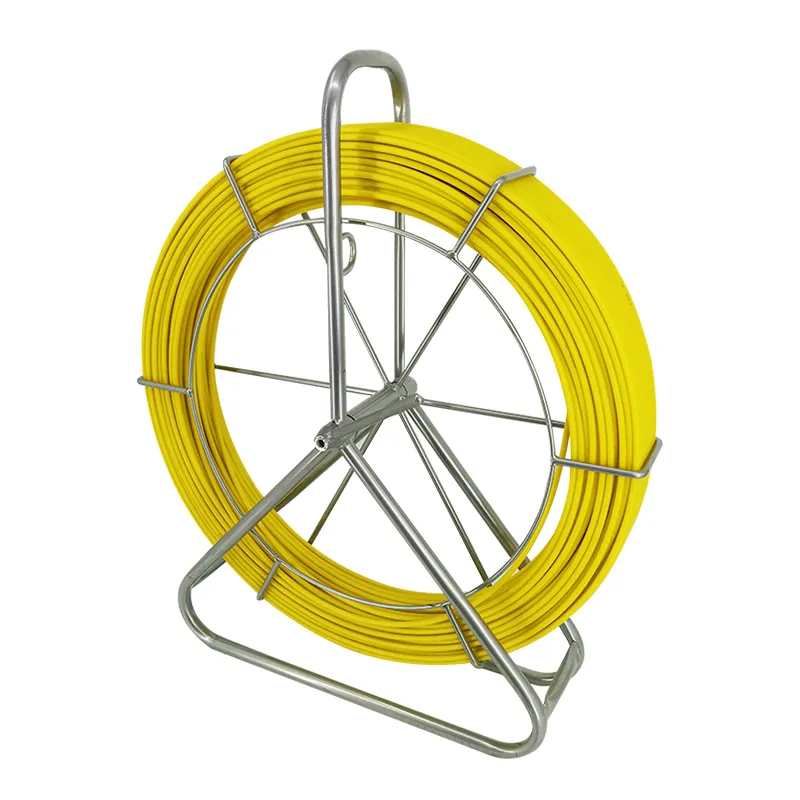
-
 Afrikaans
Afrikaans -
 Albanian
Albanian -
 Amharic
Amharic -
 Arabic
Arabic -
 Armenian
Armenian -
 Azerbaijani
Azerbaijani -
 Basque
Basque -
 Belarusian
Belarusian -
 Bengali
Bengali -
 Bosnian
Bosnian -
 Bulgarian
Bulgarian -
 Catalan
Catalan -
 Cebuano
Cebuano -
 Corsican
Corsican -
 Croatian
Croatian -
 Czech
Czech -
 Danish
Danish -
 Dutch
Dutch -
 English
English -
 Esperanto
Esperanto -
 Estonian
Estonian -
 Finnish
Finnish -
 French
French -
 Frisian
Frisian -
 Galician
Galician -
 Georgian
Georgian -
 German
German -
 Greek
Greek -
 Gujarati
Gujarati -
 Haitian Creole
Haitian Creole -
 hausa
hausa -
 hawaiian
hawaiian -
 Hebrew
Hebrew -
 Hindi
Hindi -
 Miao
Miao -
 Hungarian
Hungarian -
 Icelandic
Icelandic -
 igbo
igbo -
 Indonesian
Indonesian -
 irish
irish -
 Italian
Italian -
 Japanese
Japanese -
 Javanese
Javanese -
 Kannada
Kannada -
 kazakh
kazakh -
 Khmer
Khmer -
 Rwandese
Rwandese -
 Korean
Korean -
 Kurdish
Kurdish -
 Kyrgyz
Kyrgyz -
 Lao
Lao -
 Latin
Latin -
 Latvian
Latvian -
 Lithuanian
Lithuanian -
 Luxembourgish
Luxembourgish -
 Macedonian
Macedonian -
 Malgashi
Malgashi -
 Malay
Malay -
 Malayalam
Malayalam -
 Maltese
Maltese -
 Maori
Maori -
 Marathi
Marathi -
 Mongolian
Mongolian -
 Myanmar
Myanmar -
 Nepali
Nepali -
 Norwegian
Norwegian -
 Norwegian
Norwegian -
 Occitan
Occitan -
 Pashto
Pashto -
 Persian
Persian -
 Polish
Polish -
 Portuguese
Portuguese -
 Punjabi
Punjabi -
 Romanian
Romanian -
 Russian
Russian -
 Samoan
Samoan -
 Scottish Gaelic
Scottish Gaelic -
 Serbian
Serbian -
 Sesotho
Sesotho -
 Shona
Shona -
 Sindhi
Sindhi -
 Sinhala
Sinhala -
 Slovak
Slovak -
 Slovenian
Slovenian -
 Somali
Somali -
 Spanish
Spanish -
 Sundanese
Sundanese -
 Swahili
Swahili -
 Swedish
Swedish -
 Tagalog
Tagalog -
 Tajik
Tajik -
 Tamil
Tamil -
 Tatar
Tatar -
 Telugu
Telugu -
 Thai
Thai -
 Turkish
Turkish -
 Turkmen
Turkmen -
 Ukrainian
Ukrainian -
 Urdu
Urdu -
 Uighur
Uighur -
 Uzbek
Uzbek -
 Vietnamese
Vietnamese -
 Welsh
Welsh -
 Bantu
Bantu -
 Yiddish
Yiddish -
 Yoruba
Yoruba -
 Zulu
Zulu


Nov . 20, 2024 06:13 Back to list
ratchet lifter
The Versatility and Importance of Ratchet Lifters
In the world of heavy machinery and equipment, the ratchet lifter stands out as a crucial tool that enhances both safety and efficiency in lifting operations. This versatile lifting device is widely used across various industries, including construction, manufacturing, and transportation. Understanding its functionality and applications can provide valuable insights into its significance in modern operations.
A ratchet lifter, primarily known for its mechanical advantage, employs a ratchet mechanism to facilitate lifting heavy loads with minimal effort. This mechanism consists of a gear with teeth, which allows movement in one direction while preventing backward movement. When tension is applied through a handle or lever, the ratchet engages, thereby lifting the load steadily and safely. The design ensures that once a load is lifted, it stays in place until deliberately lowered, contributing to safer work environments.
One of the most notable benefits of using a ratchet lifter is its ability to handle heavy loads efficiently. In construction sites, for example, workers often need to lift beams, scaffolding, and various materials. Ratchet lifters come in different configurations, including manual and electric models, allowing for flexibility in usage. Manual ratchet lifters require physical effort but are ideal for smaller jobs, while electric ratchet lifters offer an automated solution for lifting heavier loads, significantly reducing the strain on workers.
Safety is paramount in any lifting operation, and ratchet lifters excel in this area. By securely locking the load in place, the risk of accidental drops is minimized. Additionally, many modern lifters are equipped with safety features such as overload protection and emergency release mechanisms, further enhancing their reliability. Training workers to use ratchet lifters properly is critical, as it ensures not only their safety but also the safety of those in the vicinity.
ratchet lifter

The adaptability of ratchet lifters extends beyond construction sites. In warehouses, for instance, they are used to move and position goods on shelves. Their compact design allows them to navigate tight spaces, making them ideal for environments where maneuverability is essential. Similarly, in the automotive industry, ratchet lifters are employed to lift vehicles for maintenance and repair, ensuring that technicians have the access they need while working safely.
Moreover, the ratchet lifter contributes to productivity. By enabling quick and efficient lifting, workers can complete tasks more swiftly, reducing downtime and improving overall workflow. This efficiency is especially beneficial in high-demand sectors where time is of the essence.
As technology continues to evolve, so do the designs and materials used in ratchet lifters. Innovations such as lightweight materials and advanced gearing systems have enhanced their performance and durability. Manufacturers are also focusing on ergonomic designs to reduce the physical strain on operators, ensuring that these tools meet modern safety and usability standards.
In conclusion, the ratchet lifter is more than just a simple lifting device; it is a vital tool that enhances safety, improves efficiency, and boosts productivity across various industries. Its versatility and reliability make it an indispensable asset in any setting requiring the lifting of heavy loads. As industries continue to innovate and evolve, the ratchet lifter will undoubtedly remain a key player in the realm of material handling and lifting solutions.
Latest news
What Are Construction Tools and How Are They Used?
NewsJul.11,2025
Professional-Grade Duct Rodding Tools for Superior Cable Installation
NewsJul.11,2025
Enhancing Safety and Efficiency with Modern Hot Stick Solutions
NewsJul.11,2025
Empowering Cable Installation with Advanced Rodder Solutions
NewsJul.11,2025
Elevate Your Cable Installation Projects with Cable Pulling Tools
NewsJul.11,2025
Efficient Cable Handling Solutions: Cable Rollers for Sale
NewsJul.11,2025











